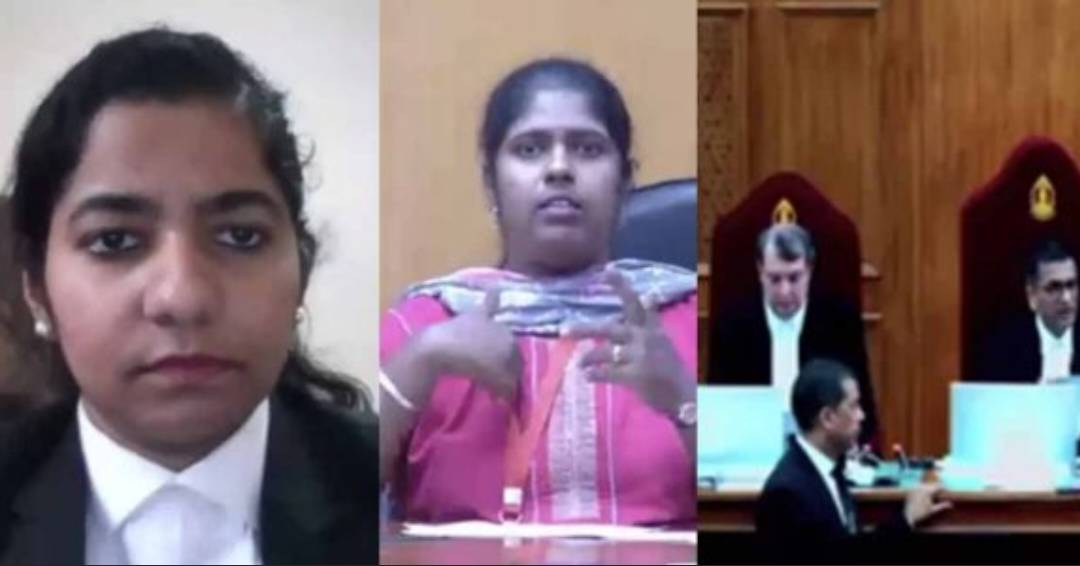
In a groundbreaking moment at the Supreme Court on Friday, history was made as a sign-language interpreter played a vital role in facilitating proceedings for a hearing-impaired Malayali lawyer, Sarah Sunny, who had filed a formal request for such assistance with the Supreme Court registry. This significant move was announced by Chief Justice of India (CJI) D Y Chandrachud.
“We have an interpreter today for Sarah. In fact, we are thinking that for the constitution bench hearings, we will have an interpreter so that everyone can follow,” stated CJI Chandrachud during the proceedings, expressing a commitment to accessibility in the legal system.
Sarah Sunny, who hails from Kerala and practices law in Bengaluru, holds the distinction of being India’s first hearing-impaired advocate. She had previously attended the Clooney Convent School and St. Claret School in Bangalore alongside her twin sister, Maria. Both twins pursued their B Com degrees from Jyotinivas College before Sarah earned her law degree from St. Joseph’s College in Bengaluru. Today, she is a dedicated member of the Human Rights Law Network.
Advocate-on-Record Sanchita Ain, who is also Sarah’s senior in the legal profession, filed the application requesting the court-appointed Indian Sign Language (ISL) interpreter on her behalf. Previously, Ain had organized for interpreter Saurav Roychowdhury to assist during legal proceedings before the CJI’s bench for Sunny.
During the proceedings, CJI Chandrachud asked Sarah, “Sarah, I hope this was intelligible to you, and you were able to understand what was going on in the court.” To which, the interpreter replied, “Yes sir, she says it was very helpful.”
This move has received praise from lawyers and bar associations, underscoring the Supreme Court’s commitment to inclusivity and accessibility. Chief Justice Chandrachud has demonstrated sensitivity to the needs of differently-abled individuals by establishing a Supreme Court committee on accessibility, aiming to improve accessibility and address the challenges faced by such individuals within the justice delivery system.
To enhance accessibility further, several infrastructural changes have been implemented within the Supreme Court premises, demonstrating a commitment to providing equal access to justice for all.

Post Your Comments